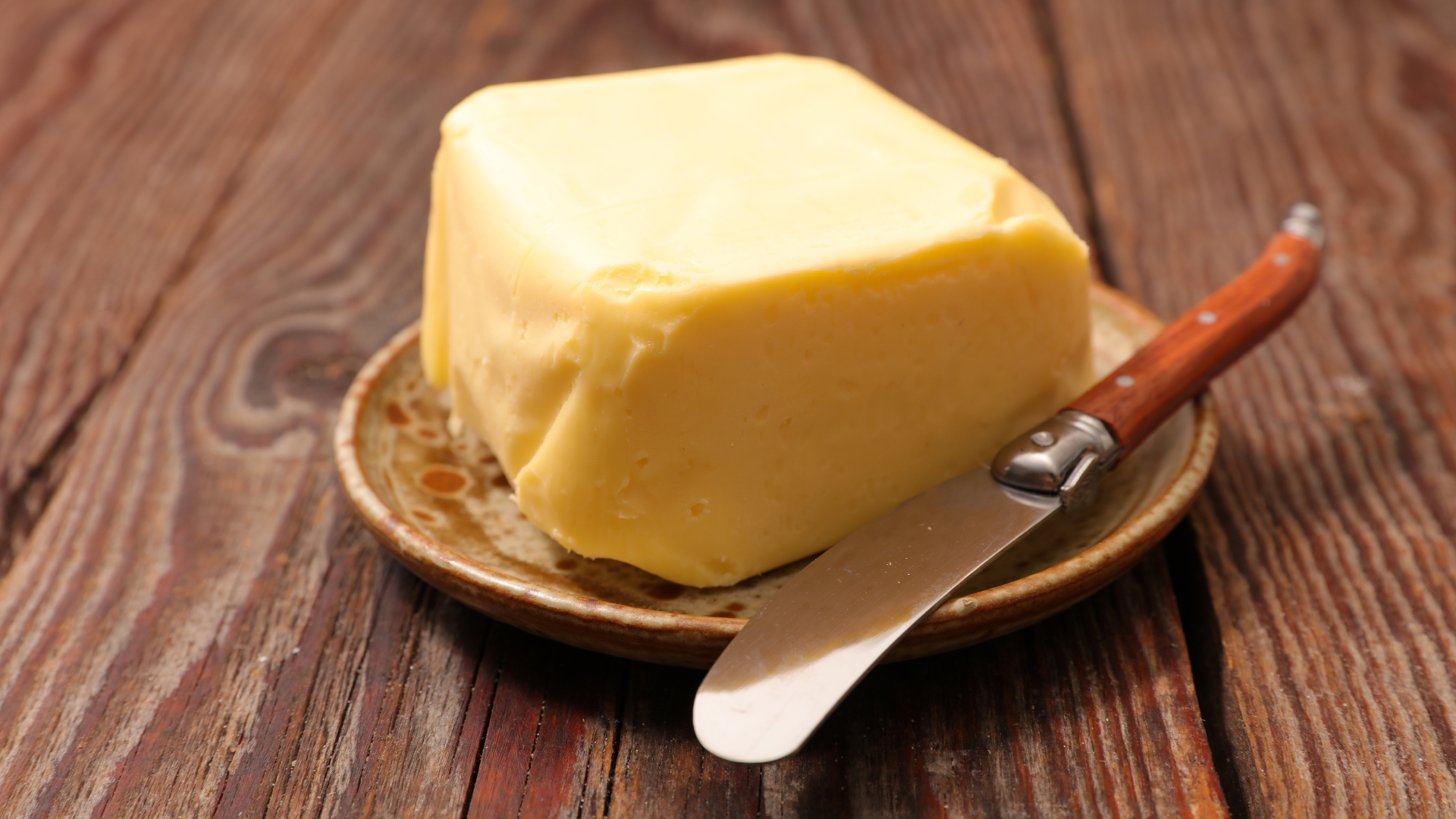and how you can make it in your own kitchen!
Hey, y’all! Welcome back to our homestead kitchen for another essential dairy skill — making homemade butter.
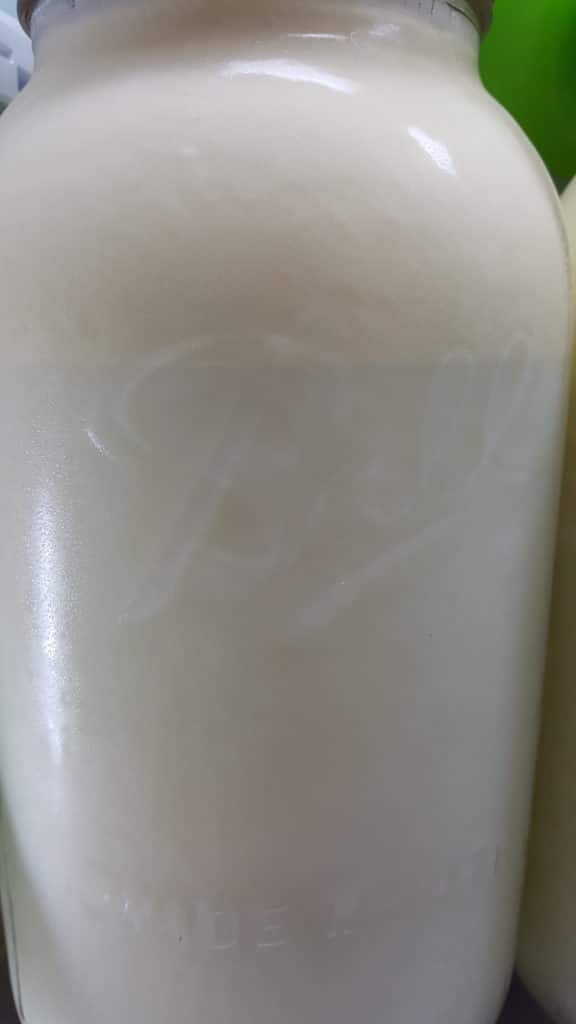
Before we begin, let’s talk about the star of our show: cream. You might wonder what the difference is between the fresh, raw milk we get from our farm and the homogenized milk that’s typically available at your local store.
Raw milk is straight from our cows and hasn’t undergone any processes to alter its natural state. Leave a jar of raw milk in your fridge for a bit, and you’ll notice the cream naturally separating and rising to the top.
On the other hand, homogenized milk, which you usually find at the supermarket, has been mechanically treated. This treatment involves forcing the milk under high pressure through tiny holes which breaks up the fat droplets into much smaller sizes so they stay evenly distributed in the milk and don’t separate as they do in raw milk.
The cream we’re using for our butter today is the rich, creamy layer that naturally floats to the top of our raw milk. But don’t fret if you don’t have access to raw milk—you can still make butter at home using store-bought heavy cream.
Now, on to the magic of butter-making! You might be curious how simply agitating cream transforms it into butter. It’s a fascinating process that involves a bit of science.
Cream is essentially a mix of tiny fat droplets suspended in water. That’s because milk — and by extension, cream — is an emulsion, which is a mixture of two things that don’t usually mix, like oil and water. In the case of cream, these tiny fat droplets are surrounded by a thin layer of proteins and phospholipids that help keep the fat droplets separate and evenly distributed throughout the water.
Now, when we start to shake or churn the cream, we’re adding energy to this system. At first, this action causes the fat droplets to move around more, and air gets incorporated into the liquid. The fat droplets start to align along these air bubbles, creating a network of fat droplets and air. This network helps to stabilize the air bubbles and gives the cream volume and structure. This is when we get that luscious, fluffy whipped cream.
But we’re not stopping at whipped cream today. As we keep shaking, we’re breaking down the protective layer around each fat droplet, causing them to collide with each other. These collisions cause the fat globules to stick together, or coalesce, forming larger clumps.
After some time (and a bit of elbow grease), these clumps of fat become large enough to separate from the watery portion of the cream. We end up with two distinct products: the solid clumps of fat—our homemade butter—and the liquid, traditionally known as buttermilk.
Enough talking! Let’s start making our butter. Grab a jar—Mason jars work great—and fill it halfway with cream. Now comes the fun part! Start shaking the jar. After a few minutes, the cream will start to thicken and turn into whipped cream. Keep shaking until the butter begins to form, which usually takes about 15 to 20 minutes. You know you’re done once you see the butter clumping together and separating from the liquid buttermilk.
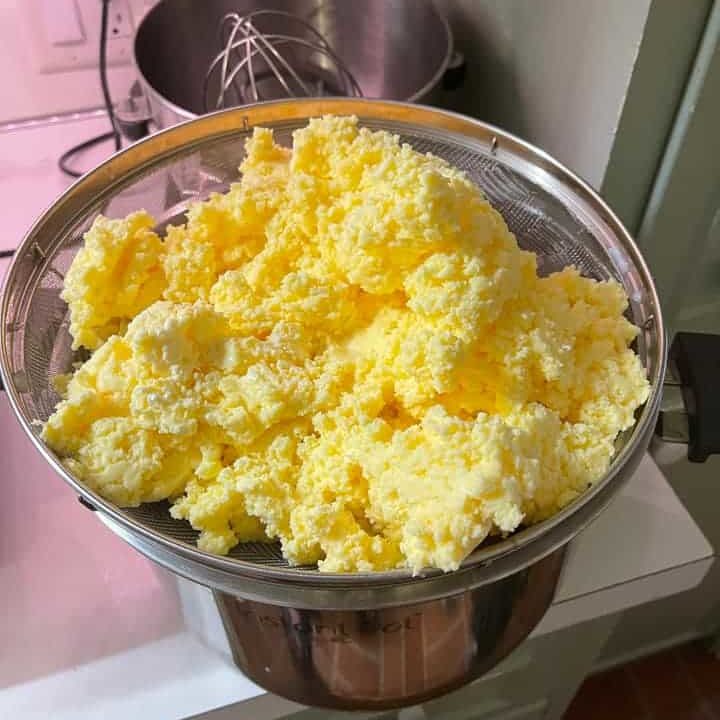
Drain off the buttermilk (don’t throw it away, it’s great in pancakes or biscuits!) and rinse your butter under cold water, kneading it to get out the remaining buttermilk. You now have fresh, homemade butter!
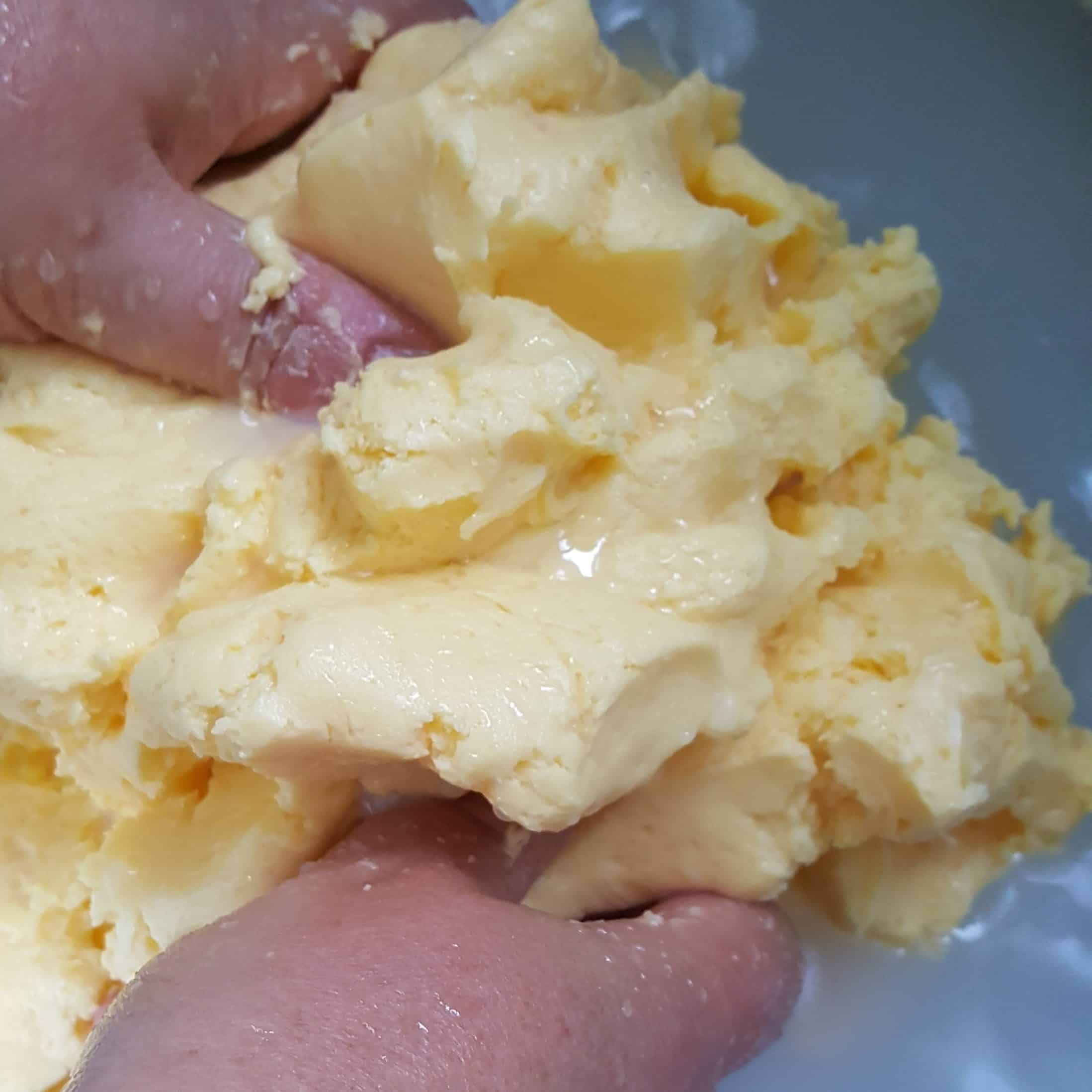
Remember, patience is key here. But trust me, there’s nothing quite like the taste of fresh, homemade butter on a slice of warm cornbread or a fluffy biscuit.
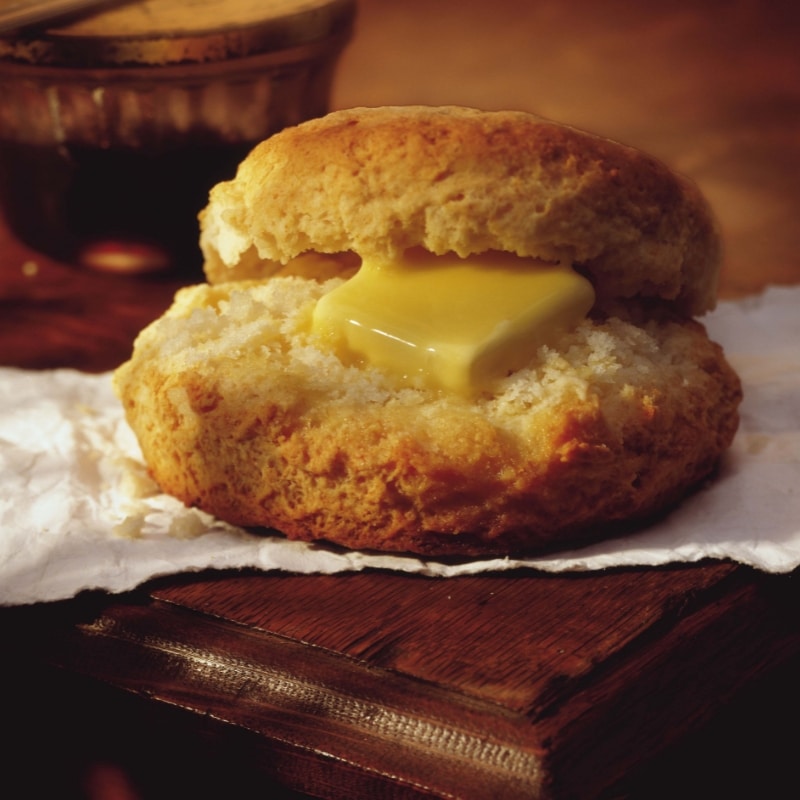
We hope you enjoyed learning about the science and process behind making butter. Join us again next time as we continue to explore the farm-to-table journey in our Maine Island kitchen.
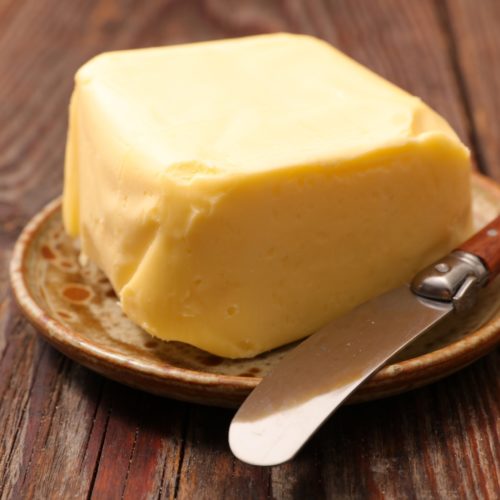
Butter
Equipment
- 1 Mason Jar with a tight fitting lid
Ingredients
- 0.5 jar Heavy Whipping Cream
Instructions
- Fill jar only half-way.
- Screw on the lid tightly.
- Shake until cream separates into butter and buttermilk.

